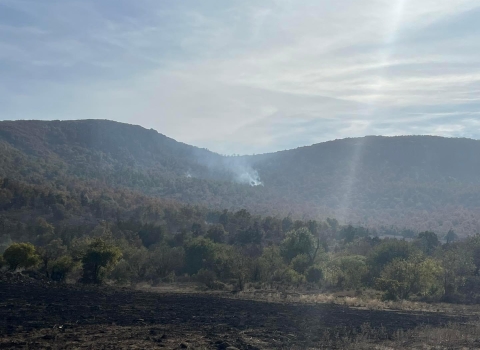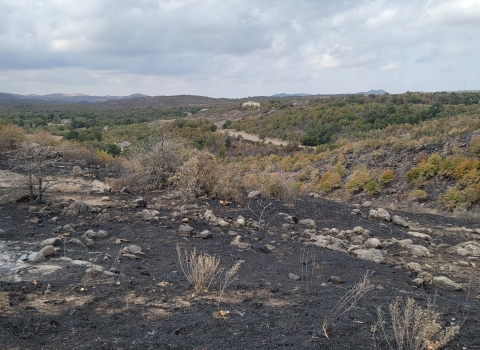The U.S. Fish and Wildlife Service is extending the effective date of the Jan. 15, 2021, final rule that excluded additional areas from the existing critical habitat designation for the northern spotted owl. The Service is delaying the effective date of the rule from March 16 to April 30, 2021, to review the exclusions and is initiating a 30-day public comment period to solicit input on issues of fact, law and policy raised by the January final rule and whether further delay of the effective date is necessary.
The Service’s initial proposed rule to revise the northern spotted owl’s critical habitat would have excluded approximately 204,653 acres in 15 counties in Oregon. However, the final rule, issued in the last days of the previous administration, excluded an additional 3.2 million acres in 14 counties in Washington, 21 counties in Oregon, and 10 counties in California from the species’ designated critical habitat. Concerns have been raised by members of the public and members of Congress that the rationale for the additional exclusions was not presented to the public for notice and comment.
“Robust habitat protections are essential to the conservation of the northern spotted owl,” said U.S. Fish and Wildlife Service Principal Deputy Director Martha Williams. “We are taking another look at the recent revision to the owl's critical habitat designation because there were substantial changes made between the proposed and final rules. We are seeking public comment to inform our decision on how to proceed.”
In light of the litigation history of northern spotted owl critical habitat designations, the clear intentions from some parties to file suit to challenge the January final rule and other questions raised, the Service is reviewing whether the rulemaking was procedurally adequate. In particular, the Service is reviewing whether the final rule was a “logical outgrowth” of the proposal and whether the public had fair notice and an opportunity to comment on the expansive change in both location and amount of areas excluded from critical habitat, as well as the rationale for those changes.
Populations of northern spotted owls in several long-term demographic monitoring areas have declined more than 70 percent since the early 1990s, and the extinction risk for northern spotted owl populations has increased, particularly in Washington and Oregon. A medium-sized, chocolate-brown owl with dark eyes, it is a nocturnal “perch-and-pounce” predator that captures its prey (primarily small forest mammals) with its claws. Like most owl species, the spotted owl nests in the tops of trees or in cavities of naturally deformed or diseased trees. Spotted owls primarily mate for life and may live up to 20 years.
The northern spotted owl is believed to have historically inhabited most forests throughout southwestern British Columbia, western Washington and Oregon, and northwestern California as far south as the San Francisco Bay. Loss and modification of nesting, roosting and foraging habitat due to timber harvesting, land conversions, natural disturbances such as fire and windstorms, and competition with encroaching barred owls have led to a decline of spotted owls throughout much of their historic range.
For more information, please visit: https://www.federalregister.gov/public-inspection/2021-04209/endangered-and-threatened-species-revised-designation-of-critical-habitat-for-the-northern-spotted



